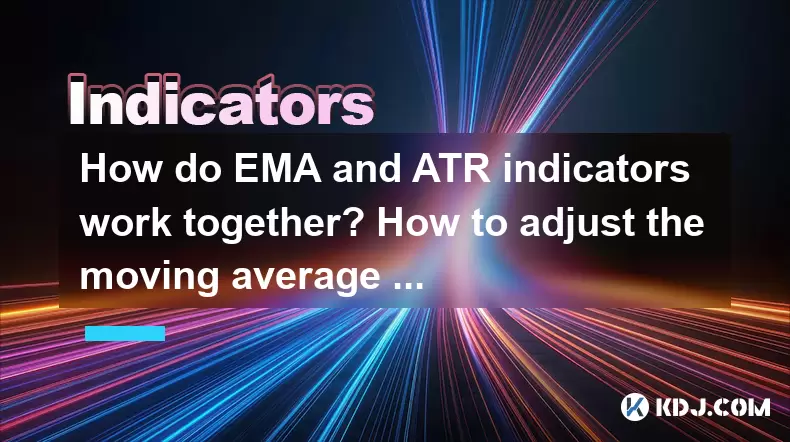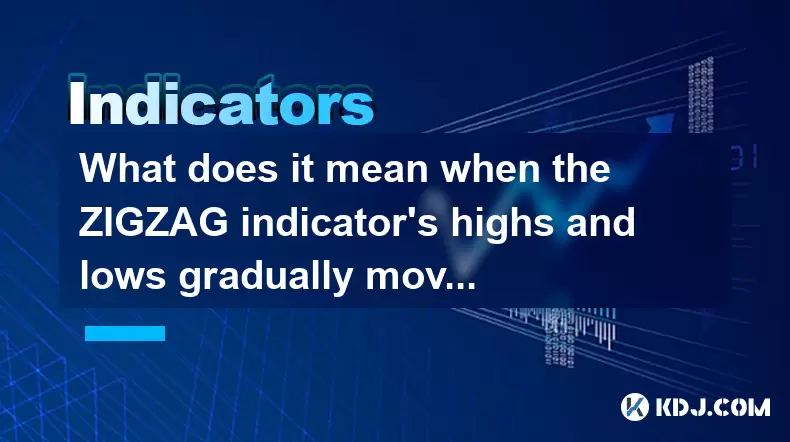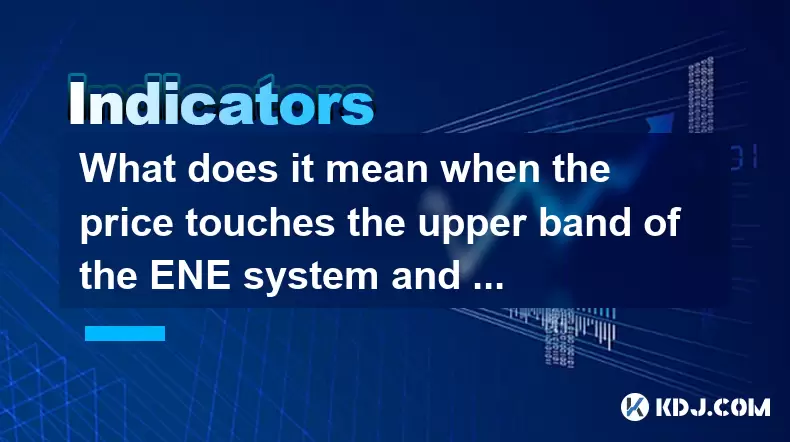-
 Bitcoin
Bitcoin $116700
0.13% -
 Ethereum
Ethereum $4229
5.18% -
 XRP
XRP $3.290
0.28% -
 Tether USDt
Tether USDt $1.000
0.01% -
 BNB
BNB $804.4
1.46% -
 Solana
Solana $181.3
1.92% -
 USDC
USDC $1.000
0.02% -
 Dogecoin
Dogecoin $0.2453
8.11% -
 TRON
TRON $0.3359
-0.82% -
 Cardano
Cardano $0.8187
2.71% -
 Hyperliquid
Hyperliquid $43.56
6.46% -
 Chainlink
Chainlink $21.22
9.48% -
 Stellar
Stellar $0.4533
0.95% -
 Sui
Sui $3.948
2.90% -
 Bitcoin Cash
Bitcoin Cash $571.0
-2.75% -
 Hedera
Hedera $0.2657
1.33% -
 Avalanche
Avalanche $24.32
2.80% -
 Ethena USDe
Ethena USDe $1.001
0.02% -
 Litecoin
Litecoin $122.2
-0.70% -
 Toncoin
Toncoin $3.440
1.95% -
 UNUS SED LEO
UNUS SED LEO $8.978
-0.09% -
 Shiba Inu
Shiba Inu $0.00001385
5.32% -
 Uniswap
Uniswap $10.94
0.24% -
 Polkadot
Polkadot $4.116
3.88% -
 Dai
Dai $1.000
0.00% -
 Pepe
Pepe $0.00001233
5.82% -
 Bitget Token
Bitget Token $4.511
0.53% -
 Cronos
Cronos $0.1572
2.50% -
 Monero
Monero $272.0
-1.82% -
 Ethena
Ethena $0.7563
17.60%
How do EMA and ATR indicators work together? How to adjust the moving average when volatility expands?
EMA and ATR help traders identify trends and set dynamic stop-losses in crypto markets, adjusting strategies as volatility changes.
May 27, 2025 at 05:28 pm

Introduction to EMA and ATR Indicators
The Exponential Moving Average (EMA) and Average True Range (ATR) are two popular technical indicators used by traders in the cryptocurrency market. EMA provides a smoothed line that gives more weight to recent price data, making it more responsive to new information. On the other hand, ATR measures market volatility by calculating the average range between the high and low prices over a specified period. When used together, these indicators can help traders make more informed decisions about entry and exit points, as well as adjust their trading strategies based on market conditions.
Understanding the Exponential Moving Average (EMA)
The EMA is a type of moving average that places a greater emphasis on the most recent data points. Unlike the Simple Moving Average (SMA), which assigns equal weight to all values, the EMA uses a formula that exponentially decreases the weighting of older data. The formula for calculating the EMA is as follows:
[ \text{EMA}{\text{today}} = (\text{Price}{\text{today}} \times \text{Multiplier}) + (\text{EMA}_{\text{yesterday}} \times (1 - \text{Multiplier})) ]
Where the Multiplier is calculated as:
[ \text{Multiplier} = \frac{2}{\text{Period} + 1} ]
For instance, if you are using a 20-day EMA, the multiplier would be:
[ \text{Multiplier} = \frac{2}{20 + 1} = 0.0952 ]
The EMA is particularly useful for identifying trends in the cryptocurrency market. When the price of a cryptocurrency is above the EMA, it is generally considered to be in an uptrend, and when it is below the EMA, it is considered to be in a downtrend. Traders often use different EMA periods, such as the 12-day and 26-day EMAs, to generate trading signals based on crossovers.
Understanding the Average True Range (ATR)
The ATR is a volatility indicator that measures the degree of price movement in a cryptocurrency over a specified period. The true range is the greatest of the following:
- The current high minus the current low.
- The absolute value of the current high minus the previous close.
- The absolute value of the current low minus the previous close.
The ATR is then calculated as the average of the true ranges over a specified period, typically 14 days. The formula for calculating the ATR is:
[ \text{ATR} = \frac{\text{Sum of True Ranges over the Period}}{\text{Period}} ]
The ATR provides valuable information about the volatility of the market. A high ATR value indicates high volatility, while a low ATR value indicates low volatility. Traders use the ATR to set stop-loss levels and to gauge the potential risk and reward of a trade.
Combining EMA and ATR for Trading Strategies
When EMA and ATR are used together, traders can develop more robust trading strategies that account for both the trend and the volatility of the market. One common approach is to use the EMA to identify the trend and the ATR to set dynamic stop-loss levels.
- Identify the Trend with EMA: Use a short-term EMA (e.g., 12-day) and a long-term EMA (e.g., 26-day). When the short-term EMA crosses above the long-term EMA, it signals a potential uptrend, and when the short-term EMA crosses below the long-term EMA, it signals a potential downtrend.
- Set Stop-Loss Levels with ATR: Use the ATR to determine the distance of the stop-loss from the entry point. For example, if the ATR is 100, you might set your stop-loss at 2 times the ATR (200 points) below the entry price for a long position.
By combining these two indicators, traders can better manage their risk and capitalize on market trends.
Adjusting the Moving Average When Volatility Expands
When volatility in the cryptocurrency market expands, it is crucial to adjust the moving average to maintain the effectiveness of your trading strategy. Volatility expansion can be identified by a significant increase in the ATR value.
Here are the steps to adjust the moving average when volatility expands:
- Monitor the ATR: Keep an eye on the ATR values over time. A sudden increase in the ATR indicates an expansion in volatility.
- Adjust the EMA Period: If the ATR increases significantly, consider using a shorter EMA period to make your moving average more responsive to the new market conditions. For example, if you were using a 20-day EMA, you might switch to a 10-day EMA.
- Re-evaluate Your Trading Strategy: With increased volatility, your trading strategy may need to be more aggressive. Use the new EMA period to generate more timely trading signals.
- Set Wider Stop-Loss Levels: As volatility increases, the distance between the entry point and the stop-loss level should be wider to account for larger price swings. Use the new ATR value to set appropriate stop-loss levels.
By making these adjustments, you can better align your trading strategy with the current market conditions and potentially improve your trading performance.
Practical Example of Using EMA and ATR Together
Let's walk through a practical example of using EMA and ATR together in a trading scenario.
Suppose you are trading Bitcoin (BTC) and you want to use a 12-day EMA and a 26-day EMA to identify trends, and a 14-day ATR to set stop-loss levels.
- Step 1: Identify the Trend: You notice that the 12-day EMA has crossed above the 26-day EMA, indicating a potential uptrend.
- Step 2: Enter the Trade: You decide to enter a long position at the current price of $50,000.
- Step 3: Calculate the ATR: The current 14-day ATR value is 1,000.
- Step 4: Set the Stop-Loss: You set your stop-loss at 2 times the ATR (2,000 points) below the entry price, which is $48,000.
- Step 5: Monitor the Market: As the trade progresses, you continue to monitor the EMA and ATR values.
- Step 6: Adjust the Strategy: If the ATR increases to 1,500, you might adjust your stop-loss to 2 times the new ATR (3,000 points) below the current price. Additionally, if the 12-day EMA starts to move closer to the 26-day EMA, you might consider tightening your stop-loss or taking profits.
By following these steps, you can effectively use the EMA and ATR indicators to manage your trades in the volatile cryptocurrency market.
Frequently Asked Questions
Q1: Can the EMA and ATR indicators be used for short-term trading in the cryptocurrency market?
Yes, the EMA and ATR indicators can be used for short-term trading in the cryptocurrency market. For short-term trading, you might use shorter periods for both the EMA and ATR to generate more timely signals. For example, you could use a 5-day EMA and a 7-day ATR to capture short-term trends and volatility.
Q2: How do I choose the right period for the EMA and ATR indicators?
The choice of period for the EMA and ATR indicators depends on your trading style and the specific cryptocurrency you are trading. For long-term trading, you might use longer periods such as a 50-day EMA and a 20-day ATR. For short-term trading, shorter periods like a 5-day EMA and a 7-day ATR could be more suitable. It's important to backtest different periods to find the ones that work best for your strategy.
Q3: Is it necessary to use both the EMA and ATR indicators together, or can I use them separately?
While it is possible to use the EMA and ATR indicators separately, using them together can provide a more comprehensive view of the market. The EMA helps identify the trend, while the ATR helps manage risk by setting appropriate stop-loss levels based on volatility. Using both indicators together can enhance your trading strategy and potentially improve your trading performance.
Q4: Can the EMA and ATR indicators be used for all cryptocurrencies, or are they more effective for certain types?
The EMA and ATR indicators can be used for all cryptocurrencies, but their effectiveness may vary depending on the specific cryptocurrency's trading volume and volatility. For highly volatile cryptocurrencies like Bitcoin and Ethereum, the EMA and ATR indicators can be particularly useful for managing risk and identifying trends. For less volatile cryptocurrencies, you might need to adjust the periods of the indicators to capture more subtle price movements.
Disclaimer:info@kdj.com
The information provided is not trading advice. kdj.com does not assume any responsibility for any investments made based on the information provided in this article. Cryptocurrencies are highly volatile and it is highly recommended that you invest with caution after thorough research!
If you believe that the content used on this website infringes your copyright, please contact us immediately (info@kdj.com) and we will delete it promptly.
- Trump, Crypto Vehicle, and WLFI Tokens: A New York Minute on the Latest Buzz
- 2025-08-10 00:30:12
- Wheat Penny Fortune: Unearthing Valuable Coins in Your Pocket Change
- 2025-08-10 00:35:19
- Dogecoin, PENGU, and Remittix: A New York Minute in Crypto
- 2025-08-10 01:10:12
- Ozark AI: Investment Opportunities and Analyst Projections for 2025
- 2025-08-10 01:15:17
- Cryptocurrencies 2025: Top Buys and Market Predictions
- 2025-08-10 01:20:12
- Pendle's Price Jump: Riding the Wave of Market Sentiment
- 2025-08-10 01:25:11
Related knowledge

What does it mean when the price is trading above the SAR indicator but the red dots are densely packed?
Aug 09,2025 at 11:49pm
Understanding the SAR Indicator and Its Visual SignalsThe SAR (Parabolic Stop and Reverse) indicator is a technical analysis tool used primarily to de...

What does it mean when the MACD histogram continues to shorten but the price reaches a new high?
Aug 09,2025 at 09:29pm
Understanding the MACD Histogram and Its ComponentsThe MACD (Moving Average Convergence Divergence) indicator is a widely used technical analysis tool...

What does it mean when the Triple Moving Average (TRIX) turns downward but the price doesn't fall?
Aug 09,2025 at 12:42pm
Understanding the Triple Moving Average (TRIX) IndicatorThe Triple Moving Average, commonly known as TRIX, is a momentum oscillator designed to filter...

What does it mean when the ZIGZAG indicator's highs and lows gradually move downwards?
Aug 10,2025 at 02:14am
Understanding the ZIGZAG Indicator in Cryptocurrency TradingThe ZIGZAG indicator is a popular technical analysis tool used by cryptocurrency traders t...

What does it mean when the price touches the upper band of the ENE system and then falls back?
Aug 10,2025 at 12:42am
Understanding the ENE Indicator StructureThe ENE (Envelope) indicator is a technical analysis tool used in cryptocurrency trading to identify potentia...

What does it mean when the Williams' oscillator repeatedly hits bottoms but fails to rebound?
Aug 09,2025 at 09:28am
Understanding the Williams %R OscillatorThe Williams %R oscillator, developed by Larry Williams, is a momentum indicator used in technical analysis to...

What does it mean when the price is trading above the SAR indicator but the red dots are densely packed?
Aug 09,2025 at 11:49pm
Understanding the SAR Indicator and Its Visual SignalsThe SAR (Parabolic Stop and Reverse) indicator is a technical analysis tool used primarily to de...

What does it mean when the MACD histogram continues to shorten but the price reaches a new high?
Aug 09,2025 at 09:29pm
Understanding the MACD Histogram and Its ComponentsThe MACD (Moving Average Convergence Divergence) indicator is a widely used technical analysis tool...

What does it mean when the Triple Moving Average (TRIX) turns downward but the price doesn't fall?
Aug 09,2025 at 12:42pm
Understanding the Triple Moving Average (TRIX) IndicatorThe Triple Moving Average, commonly known as TRIX, is a momentum oscillator designed to filter...

What does it mean when the ZIGZAG indicator's highs and lows gradually move downwards?
Aug 10,2025 at 02:14am
Understanding the ZIGZAG Indicator in Cryptocurrency TradingThe ZIGZAG indicator is a popular technical analysis tool used by cryptocurrency traders t...

What does it mean when the price touches the upper band of the ENE system and then falls back?
Aug 10,2025 at 12:42am
Understanding the ENE Indicator StructureThe ENE (Envelope) indicator is a technical analysis tool used in cryptocurrency trading to identify potentia...

What does it mean when the Williams' oscillator repeatedly hits bottoms but fails to rebound?
Aug 09,2025 at 09:28am
Understanding the Williams %R OscillatorThe Williams %R oscillator, developed by Larry Williams, is a momentum indicator used in technical analysis to...
See all articles

























































































